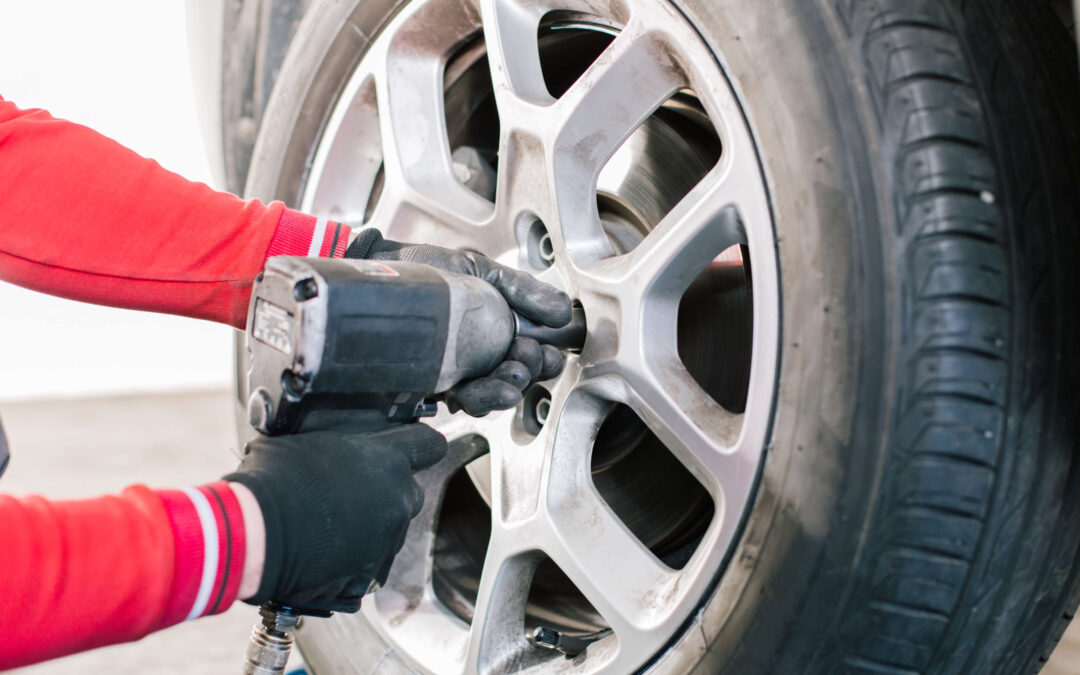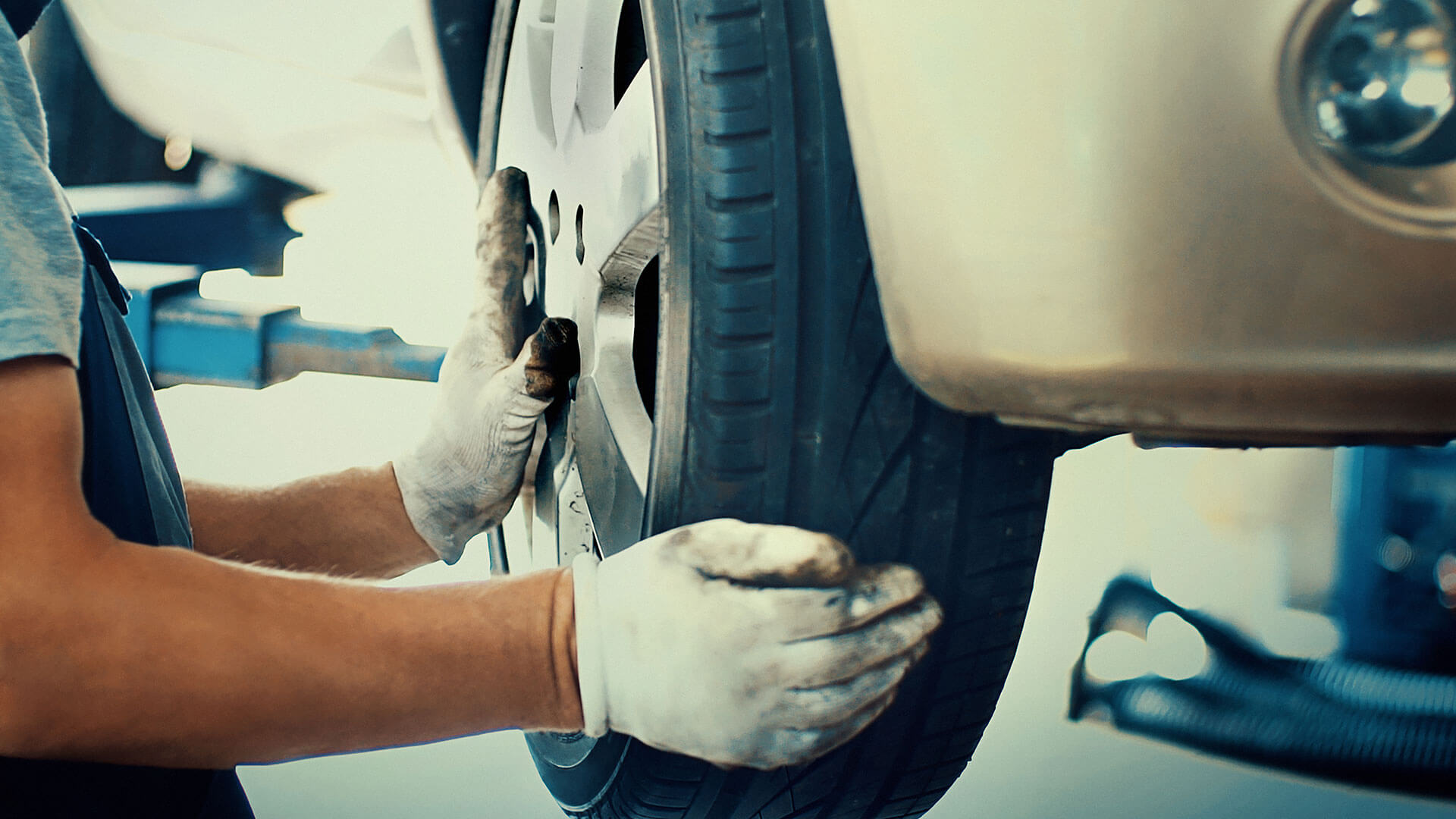Having effectively functional tires on your car is essential for the safety of you and your passengers. Tires wear down over time and eventually need to be replaced.
But when or how often should tires be replaced?
The frequency with which your tires will need to be changed depends a number of factors, such as:
- Type of vehicle
- Type of tires
- Driving conditions
- Driving approach
- Tire care
Vehicle Type
The owner’s manual for your vehicle should provide you with the information needed about tire changes. It will recommend what type of tires should be used on your vehicle, as well as how often they should be changed.
The owner’s manual should also provide information about regularly scheduled maintenance, like consistent tire rotation.
Type of Tires
The type of tires you use will also play a role in how often they need to be changed. Tires made of softer rubber compounds may provide better traction and performance, but they will also wear out more quickly.
When you buy a new set of tires, the warranty should indicate how long the tires are expected to last. However, tires do not always last as long as they are projected to. Especially if the are not well cared for.
Driving Conditions
If you are driving in extreme or harsh conditions on a regular basis, your tires will need to be changed more frequently. Canada’s climate brings four seasons of extreme conditions, so owners will have to be more vigilant in providing adequate care.
Driving Approach
They way you drive your car, will also be a factor. Driving with a lot of stops and starts, cornering at high speeds, and breaking heavily can all serve to wear tires out before their due dates.
Driving responsibly and rotating your tires regularly will help optimize your tires’ lifespan.
Tire Care
This is a big one. Diligent tire care through regularly scheduled maintenance can really help stretch the longevity of your tires. It not only helps your tires wear more slowly, but also more evenly.
Even wear is crucial for a set of tires. If one tire wears out more quickly than the others, all the tires will have to be changed once that first one goes. It is also important to keep your tires properly pressurized and evenly proportioned to promote balanced wear.
Good tire care involves having yourtires service
d by a professional for regular rotation and inspection.
Valvoline Express Care Brampton
Valvoline Express Care is an exceptional automotive service in the Brampton area, that specializes in tire care and maintenance.
The general rule is that tires should be rotated somewhere between 3000 kms and 5000 kms of use. The expert technicians at Valvoline make tire rotation a breeze, at the same time providing a check up for your vehicle to ensure you are getting optimal performance.
If you are changing your tires for the winter season, it is a perfect time to have them rotated. It is good practice to have your tires rotated twice a year, which can coincide with changing your tires for the season, with good planning.
How do you know when your tires need to be changed or replaced?
There are several telltale signs to look for, that can help you recognize when your tires should be changed. The main function of the treads on your tires is to provide traction on the road, while redirecting water from underneath the tire to avoid sliding or hydroplaning.
If your tires are completely worn, it poses a safety risk, and should be replaced as soon as possible.
Here are some warning signs to look out for:
- Tread wear
- Structural damage
- Poor alignment
Tread Wear
This is the most obvious and easy to identify problem when it comes to your tires. Worn treads will leave you with less traction and responsiveness on the road.
One way to check to see if your tires are worn, is by using the penny test. The penny test involves taking a penny and placing it head down into the grooves on your tires. If you can see the entire head on the back of the coin, then your tires are worn and need to be replaced.
Most tires also have something called tread wear bars. These bars are located in the grooves of your tires. When the tread becomes even with the tread wears bars, it is time for a tire change.
Structural Damage
Structural damage to your tires can spell danger as well. Structural damage can be found in the form of bubbling or bulging on the sidewalls. If you see this happening to your tires, take your car in immediately. Once the structural integrity has been compromised, the risk of disaster increases greatly.
Poor Alignment
If you notice your vehicle pulling to one side, or the steering shakes and vibrates while you are driving, it is likely a problem with the alignment. This can be caused by uneven wear or uneven tire pressure.
Take your vehicle in for servicing when experiencing these circumstances.



